Exhibition: Toile de Jouy, Printed Gardens and Fields
I’m happy to welcome one more addition to the Enfilade team! The Paris-based Ph.D. student Hélène Bremer will be weighing in with occasional contributions. She completed her M.A. in Art History at the University of Leiden in 2000 and is now working on her dissertation (also at Leiden) “Grand Tour, Grand collections: The Influence of the Grand Tour Experience on Collection Display in the Eighteenth Century.” She’ll be reporting not only on events in France but also sharing news from the Netherlands. We start things off with an exhibition sketch in response to the Musée de la Toile de Jouy. -CH
◊ ◊ ◊ ◊ ◊
Parties de Campagne, Jardins et champs dans la toile imprimée XVIIIe-XIXe siècle
Musée de la Toile de Jouy, Jouy-en-Josas, 29 April — 20 November 2011
Exhibition sketch by Hélène Bremer

Founded in 1977, the Musée de la Toile de Jouy moved into its current home, the nineteenth-century Château d'Eglantine in 1991. The museum's holdings include some 5000 objects.
The Musée de la Toile de Jouy at Jouy-en-Josas is an ideal destination for anyone taken with wonderful fabrics and eighteenth-century history. Just a few kilometers from the Château de Versailles (though far from its tourist throngs), the museum is located at the Château d’Eglantine. While this charming setting is alone worth a visit, the museum’s interiors offer lovely rooms full of toile-covered furniture. Not only do you find here a vast collection of Toile de Jouy, the displays explain the industrialization of toile-making, particularly the printing innovations of factory founder Christophe-Philippe Oberkampf, the German immigrant who introduced to Jouy-en-Josas, the use of engraved copper plates (1770) and then copper rollers (1797), replacing the older wood blocks.
 For the spring and summer, the staff of the museum have organized a delightful exhibition, Parties de Campagne, Jardins et champs dans la toile imprimée XVIIIe-XIXe siècles. The curators have assembled over 200 examples of fabrics depicting a wide variety of subjects: the four seasons, workers in the fields, shepherds and hunting scenes, children playing, landscapes with ruins, and fête champêtre motifs. There is also a nice, small fabric-covered balloon — to my mind, just begging to be shown with the fabric, Le Ballon de Gonesse, an example of which can be found nearby in the museum’s permanent display.
For the spring and summer, the staff of the museum have organized a delightful exhibition, Parties de Campagne, Jardins et champs dans la toile imprimée XVIIIe-XIXe siècles. The curators have assembled over 200 examples of fabrics depicting a wide variety of subjects: the four seasons, workers in the fields, shepherds and hunting scenes, children playing, landscapes with ruins, and fête champêtre motifs. There is also a nice, small fabric-covered balloon — to my mind, just begging to be shown with the fabric, Le Ballon de Gonesse, an example of which can be found nearby in the museum’s permanent display.
The sheer quantity of fabrics on display is impressive, suggesting at times the feel of a densely packed closet. The quantity indicates how much there is to explore on this interesting topic of la vie champêtre and how rich the museum’s holdings are, given that all the material comes from the museum’s own collection.
Having seen the exhibition, I’m curious about the accompanying book, edited by Anne de Thoisy-Dallem, which unfortunately was not yet available when I visited in early May. It promises to be a useful publication with two fully-illustrated volumes, addressing not only the exhibition themes but also outlining new research on rare costumes, the gardens of Toile de Jouy, and precious botanical books that provided inspiration for the pattern designers.
For more information, including terrific images, the press release (in French) is available here»

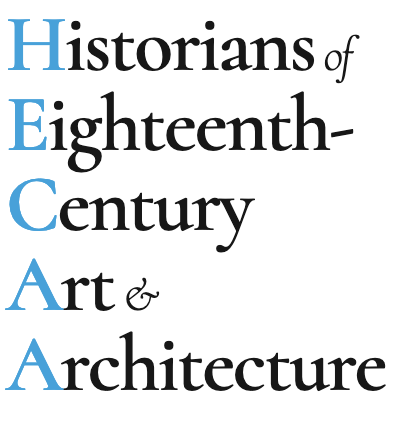

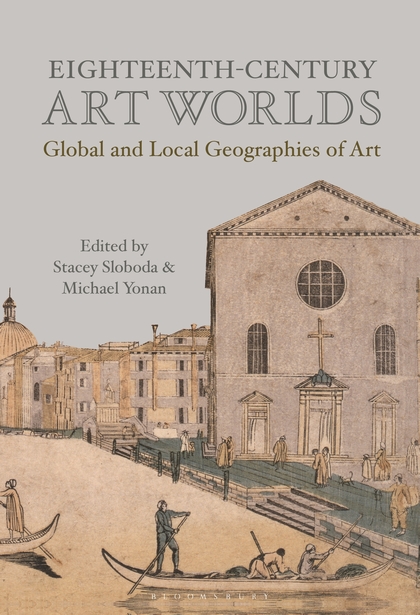

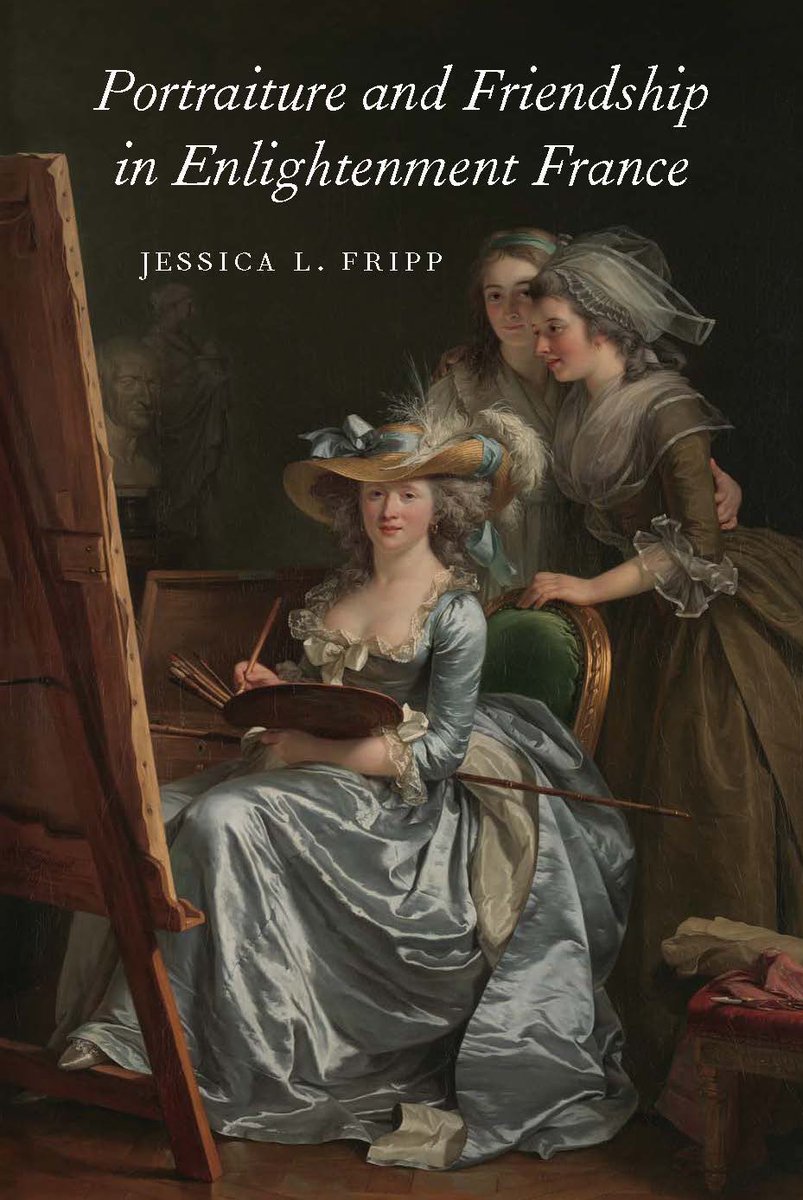















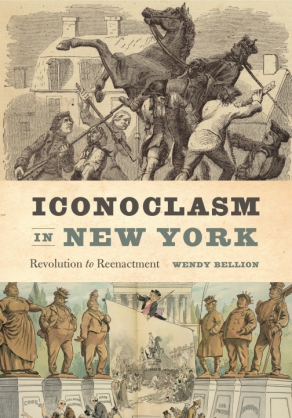



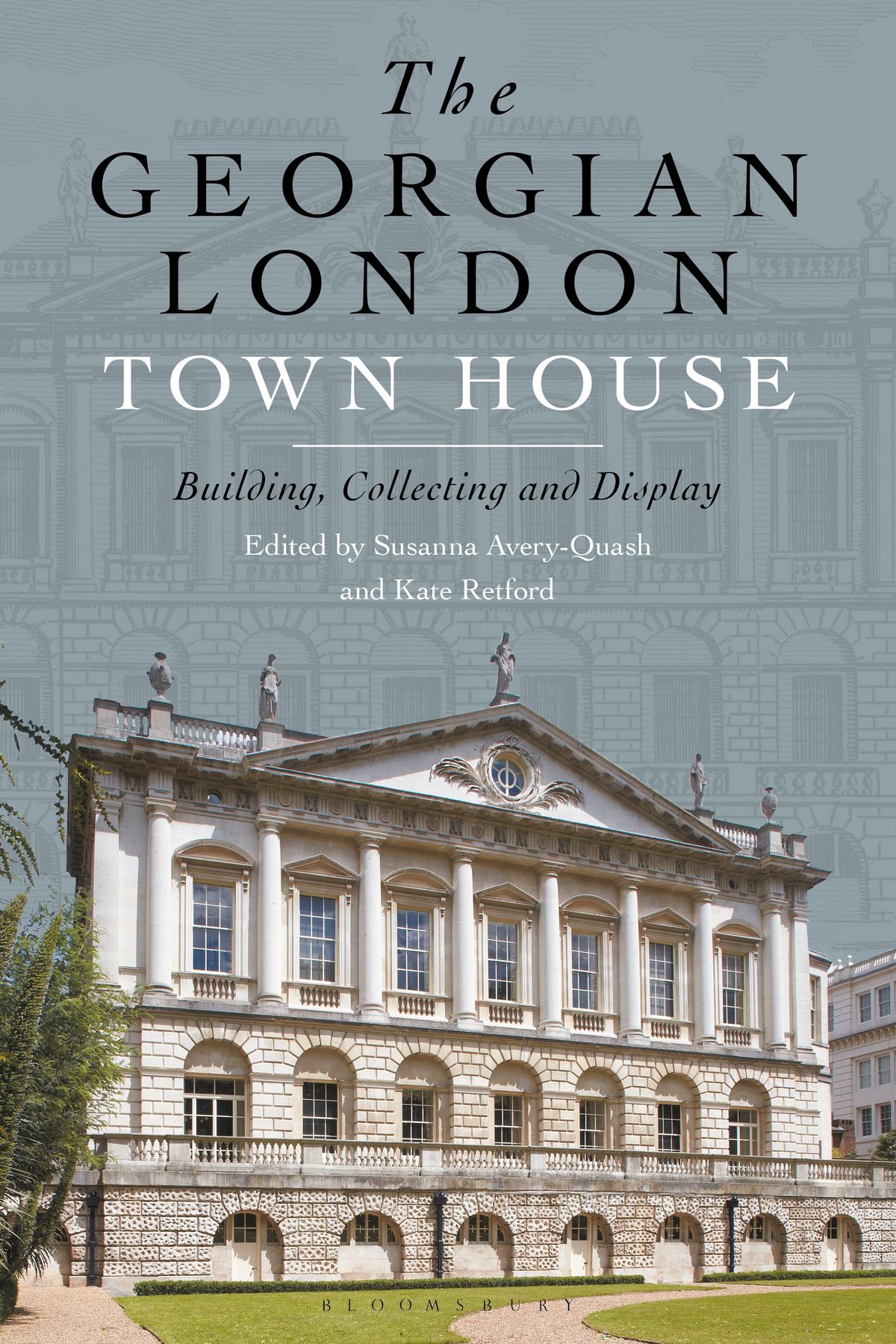


Great article. Thanks for sharing. I have always had a fondness for Toiles.